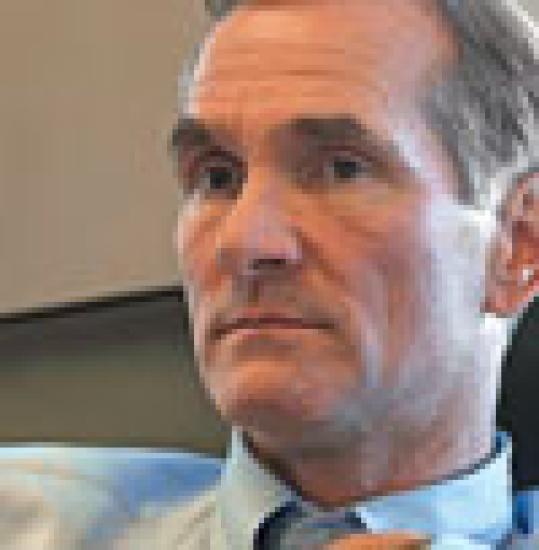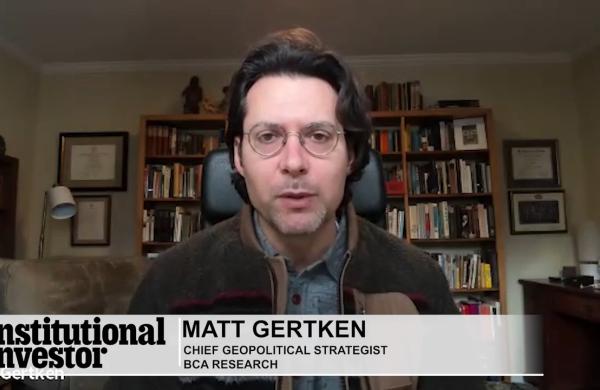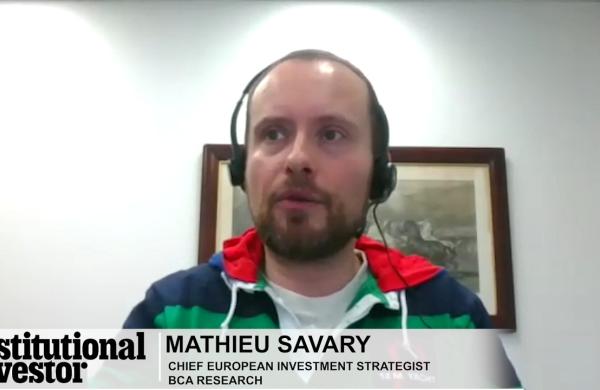For nearly a quarter of a century, Yale University chief investment officer David Swensen could do no wrong. He took the reins of the school’s endowment in 1985, when he was just 31; developed a highly diversified asset allocation model that’s now a blueprint for the industry; racked up stellar results on a consistent basis; and came to be known as one of the world’s most successful investors. Yale posted an annualized return of 16.2 percent for the 23 years through June 2008, when assets under management hit a record high of $22.9 billion.
But even Swensen couldn’t avoid getting sideswiped by the global financial crisis. The university estimates that in the first six months of its current fiscal year, which began July 1, the value of the endowment’s portfolio declined 25 percent, to about $17 billion. For a university that uses some $1 billion a year from its endowment for operating expenses — or nearly 45 percent of its budget — that’s going to hurt. It is expecting a shortfall of about $100 million next year.
The carnage has riled the reticent, low-profile Swensen, 55, who came out swinging at regulators for their "complete and utter failure" to manage the risks posed by derivatives. He’s well versed in the area: While working for Salomon Brothers in the early 1980s, Swensen engineered one of the first swap transactions by figuring out a way for IBM Corp. and the World Bank to trade payments in different currencies. The innovation helped spur the creation of a range of derivatives that have contributed to the financial mess.
Swensen, whose decision to go public was timed to coincide with the re-release of his revised investment classic, Pioneering Portfolio Management , spoke to Institutional Investor London Bureau Chief Loch Adamson in late January.
1 Institutional Investor: Is this meltdown different from the market crises in 1987 and 1998?
Swensen: All of these crises were triggered by off-balance-sheet activities and involved derivatives. Portfolio insurance played a major role in the crash of 1987, and Long-Term Capital Management’s leveraged positions sparked the crisis in 1998. LTCM had $5 billion of equity capital and $125 billion on its balance sheet. People tend to focus on the size of the balance sheet without considering LTCM’s derivative exposure of $1.25 trillion — which is absolutely stunning. Regulators didn’t do anything back then, because markets bounced back and the pain dissipated.
2 How is this crisis different?
The credit markets are truly broken. It is partly a consequence of the crisis and of the incredible ineptitude of the Treasury and the Federal Reserve. As a direct result, this crisis is already far more intense and will be far more protracted than the others. With any luck, that will cause a regulatory response — I just hope it is the right one.
3 What would that look like?
We need a lot more transparency and a lot more information on derivatives exposures and off-balance-sheet exposures. Regulatory authorities haven’t measured the exposures, but you have to know what it is that you’re dealing with before you can deal with it! We also need a unified regulatory agency with the power to oversee every type of institution that has the potential to pose a systemic threat. That was obvious after 1998: A single hedge fund with staggering leverage came close to bringing down the entire financial system. Instead we just followed the religion of deregulation. It was incredibly foolish.
4 Any other risk factors that aren’t priced into the markets?
We can’t talk about a financial recovery until we recapitalize financial institutions and fix credit markets. We have to put a consistent set of policies in place that will facilitate the flow of private capital into our financial institutions and our capital markets. Unfortunately, the past administration pursued a complete jumble of approaches to that challenge, which only drove private capital away — lenders had no idea what the next government intervention was going to do to their positions. With AIG the government effectively subordinated the entire capital structure. And with Fannie and Freddie, it first encouraged them to raise capital and then turned around and impaired the very capital that they had just raised. It is stunning! Not to mention why the government chose to save Bear Stearns but not Lehman Brothers. If the markets understand what the new administration is doing, investors can make intelligent, considered assessments about whether or not to extend credit or provide equity capital to financial institutions.
5 Have you reassessed Yale’s allocation targets in light of the market turbulence?
Nothing out of the ordinary. We have been very actively engaged in rebalancing to targets, so with the market volatility we’ve had some very interesting opportunities to buy low and sell high across our portfolio of marketable securities. Every morning we take a look at where we are and where we need to be. But nothing has happened to cause us to revisit our fundamental principles of having an equity-oriented, well-diversified portfolio.






